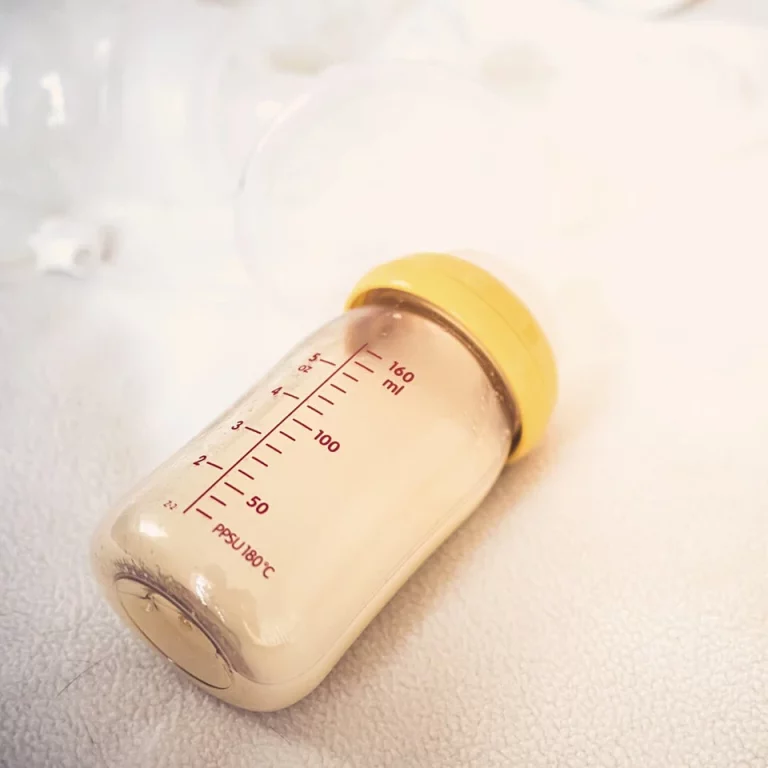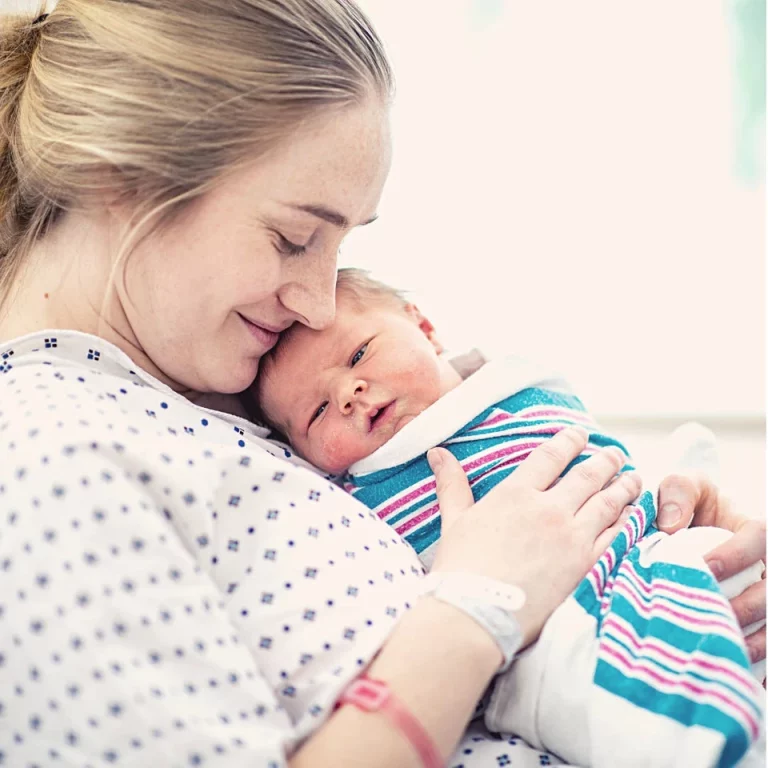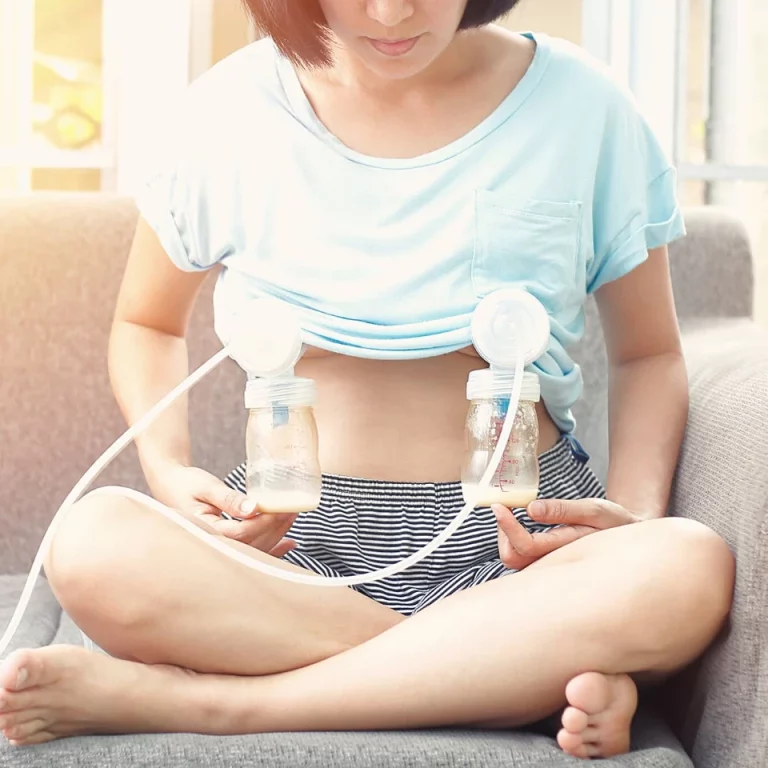Prevent Sore Nipples From Pumping & Breastfeeding
Sore nipples from pumping are a common issue faced by many women. When you first start using an electric breast pump this pain may surprise. The breast pain can be a result of various factors, such as improper technique, prolonged pumping, breast infection, or even pre-existing nipple issues that are exacerbated by the pumping process.
Maintaining milk supply is already stressful, and when it is accompanied by painful nipples, it can make the process so much harder.
Causes Of Sore Nipples From Pumping
In order to treat sore nipples from pumping, it is important to figure out the cause of the nipple damage. You may have one or more of the below factors contributing to pain during or after a pumping session. Breast pumping especially in the beginning can be very hard to get used to. In order to make your breastfeeding journey as enjoyable as possible it is important to figure out why you are having nipple soreness. Let’s take a look at some of the most common causes that can lead to breast pain and nipple irritation during breastfeeding.
Incorrect Flange Size
One common cause of sore nipples from pumping is using the wrong size flange. The flange is the part of the pump that directly contacts the breast and looks like a funnel. An incorrectly sized flange can put too much pressure on the nipple, leading to pain and discomfort. Measure your nipples and then consult the manufacturer’s sizing guide before starting to pump to ensure you’re using the correct size. You can easily purchase multiple different flange sizes online and see if one is more comfortable than the other.
Solution: When your nipple is centered inside the flange tunnel, there should be about 3 to 5 mm of space around the nipple. This ensures that there can be some easy movement inside the tunnel of the flange. The nipple should fit comfortably and the areola should be minimally pulled inside the tunnel of the flange.
Improper Pump Settings
Another reason for sore nipples from pumping can be incorrect suction settings on the electric pump. Each person may have a different comfort level for these settings, so it’s important to adjust your pump accordingly. Starting with low settings and gradually increasing the suction. Prolonged use of high settings can cause pain and damage to the nipples.
Solution: Change pump settings to experiment with what is not painful but is still extracting milk. An electric breast pump can be very powerful. Find the right balance that’s both comfortable and efficient for milk expression. If you want to increase milk expression you can start with lower settings and then after one minute go up slowly.
Poor Pumping Technique
Having a poor pumping technique can also contribute to sore nipples. Some practices that can lead to nipple pain include:
- Not centering the nipple in the flange: This can cause the nipple to rub against the sides of the flange, leading to irritation and pain. Make sure to center the nipple before starting to pump.
- Improper seal: A poor seal with the breast tissue and the flange can result in the flange not forming a proper seal, causing air leaks and a decrease in suction. This can lead to prolonged pumping sessions, which in turn, can cause nipple soreness.
- Pumping for too long: Over-pumping can lead to nipple pain and even mastitis, an infection of the breast tissue. It’s recommended to pump for about 15 minutes per breast or until the milk flow has significantly slowed down.
Addressing A Shallow Latch In Your Baby
If your baby has a bad latch, then this can contribute to nipple fissures, painful cracks, and breast pain. Sometimes the baby’s latch may be too shallow. A proper latch is asymmetric and has more of the lower breast tissue in the mouth rather than the upper breast tissue. Additionally, the latch should not be shallow. It is best to avoid nipple feeding and try to get as much breast tissue into the baby’s mouth so that the latch is deep.
A poor latch or a shallow latch is probably the most common cause of nipple pain in breastfeeding parents. Lip ties in children can also contribute to this and you can have this evaluated by your baby’s pediatrician.
Raynaud’s Phenomenon
Raynaud’s Phenomenon is a condition that affects the blood vessels, causing them to narrow and temporarily restrict blood flow to your extremities in response to cold or stress. It can affect any extremity, but it’s most commonly associated with the fingers and toes.
Raynaud’s phenomenon of the nipple is a recognized, but less common, condition that can occur in breastfeeding women or new parents that are pumping. Women with this condition experience vasospasm (a sudden constriction of the blood vessels) of the nipple, which can cause pain, nipple blanching (turning white), and changes in nipple color (from white to blue to red, as blood flow returns).
If you suspect you might have Raynaud’s phenomenon of the nipple, it is important to consult with a healthcare provider for extra support. The condition can be quite painful and can interfere with successful breastfeeding. Treatment usually involves measures to keep the nipples warm, and sometimes medication may be used under the guidance of a healthcare provider.
Thrush Can Cause Breast Pain
Thrush, which is a yeast infection, can cause sore nipples. Thrush is a yeast infection caused by the fungus Candida albicans. It can be passed between the mother and the baby during breastfeeding.
Symptoms in the mother may include sore nipples that may be red and shiny. The nipples may look normal but are very painful, or have a burning or itching sensation. Patients can have pain during or after breastfeeding, and there also may be cracked skin around the nipples. In other cases, moms may have shooting pains deep in the breast.
Symptoms in the baby may include white patches in the baby’s mouth that cannot be easily wiped off, fussiness during feeding or a change in feeding habits, and a diaper rash
If you suspect you have thrush, it’s important to contact a healthcare provider. Both mother and baby need to be treated to prevent passing the infection back and forth to each other. The treatment usually involves antifungal medication.
Milk Blister Causing Sore Nipples
Related: Postpartum Rib Pain
A milk blister, also known as a blocked nipple pore, milk bleb, or nipple blister, is a condition that can occur in breastfeeding women.
It’s a small, white, or yellow spot that appears on the nipple or areola, and it happens when a tiny bit of skin overgrows a duct opening and milk backs up behind it, causing a blister to form. It’s generally filled with milk. Milk blisters can be painful, and they can make breastfeeding uncomfortable. However, they are generally not harmful and can be treated.
How To Treat Milk Blisters:
Applying Warm Compresses: Warm compresses can help to soften the skin and the clogged milk, which may allow the blister to open up on its own.
Breastfeeding or Expressing Milk: Breastfeeding or expressing milk can also help to open up the blister, especially after using a warm compress.
Saline Soaks: Soaking the nipple in a saline solution can also help to soften the skin and potentially open up the blister.
Medical Intervention: If home remedies aren’t helping or if the blister is causing a lot of pain, it’s a good idea to see a healthcare provider. They can help to open up the blister in a safe and sterile environment. If the blister leads to a blocked duct or mastitis (an infection of the breast tissue), it’s important to seek medical help.
Treatment And Relief For Sore Nipples
Treating sore nipples may require more than one intervention.
Select The Right Flange Size
This is important as this affects each time you feed. Choosing the correct flange size is important to ensure comfortable and efficient pumping. The flange is the part of the breast pump that connects to the breast and comes in different sizes to accommodate various nipple diameters. It is important to note that nipple size may change after birth or during pumping, so it is essential to reevaluate the fit periodically. To find the correct flange size, first, measure your nipple diameter (in millimeters) while not pumping. Then refer to the pump manufacturer’s sizing chart to find the appropriate flange size. The flange should fit snugly without pinching or rubbing your nipple.
Topical Solutions For Sore Nipples
It is a good idea to have a nipple cream on hand, especially in the early days of pumping or breastfeeding. When nipple pain comes on it can be excruciating and you will want some nipple cream available to help soothe your pain. Be prepared by ordering this ahead of time so you aren’t frantically trying to find some.
Various topical solutions can be helpful in treating and relieving sore nipples caused by pumping. One common treatment is applying nipple cream to the nipples after pumping. Finding the right nipple cream that works for you is important. Make sure to use nipple cream consistently after each pumping session to help with sore nipples. You can also apply expressed breast milk to the nipples and you can do this multiple times a day.
Use A Nipple Shield (Breast Shells)
Some patients find using breast shields helpful while pumping. These are sometimes also called nipple shields. These are more commonly used when direct feeding your child but they can also be helpful while pumping.
Ice Packs Or Cold Compress Before Pumping Or Feeding
Using an ice pack to number the nipple area before pumping or before feeding can also help. Wrap the ice pack in a soft cloth before use. It is important to not apply the ice directly to the skin to prevent frostbite. Always use a barrier like a thin towel or cloth between the ice pack and your skin.
It is equally important to address the root cause of the soreness. Sore nipples are common during the first few days of breastfeeding, but prolonged or severe pain
When To See Your Healthcare Provider Or Lactation Consultant
In some cases, sore nipples due to pumping may require medical intervention. It is crucial to seek advice from a healthcare provider if the pain persists despite implementing the treatments and techniques mentioned above. Also, if your nipples show signs of infection, such as redness, swelling, or discharge, see a doctor as soon as possible. An open wound on the nipple should be examined by a health care provider.
A doctor will be able to help you identify what the cause of the soreness or breast pain is. If you need an antibiotic for thrush or mastitis they will be able to write one for you.
Sore Nipples From Pumping: Summary
Many patients experience nipple pain when they are pumping. This can happen at the beginning of your pumping or breastfeeding journey or it can happen at any point. Patients will need to use multiple interventions to address nipple pain. Figuring out if the cause is a poor latch, or poor flange fit can be helpful. Adjusting pump settings in the electric pump to make the experience more comfortable is also a good idea. Using a nipple shield can also help many women. The good news is that there are many options for addressing nipple pain. If you are also breastfeeding your child directly, be sure that they have a good latch.
Breastfeeding should not be a painful experience but nipple pain is unfortunately a common problem. See a lactation consultant or a doctor if you have pain that is not resolving, or what seems to be a nipple infection. If it is a fungal infection like thrush, it is likely that an antifungal medication may be needed.. It is important to not stop expressing milk because this can cause the milk to back up. Backed up milk can lead to mastitis and clogged milk ducts which can further cause more nipple pain or soreness.
We discuss products we think are useful to people. If you buy something through our links, we may earn a commission. Remember to check with your personal physician to see if a product recommended is right for you.








